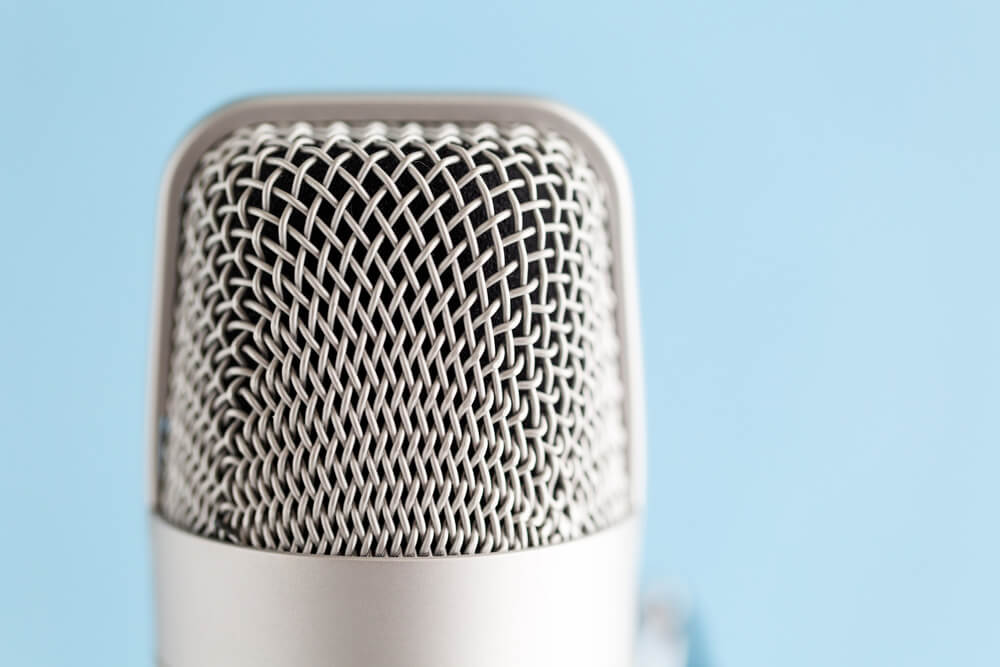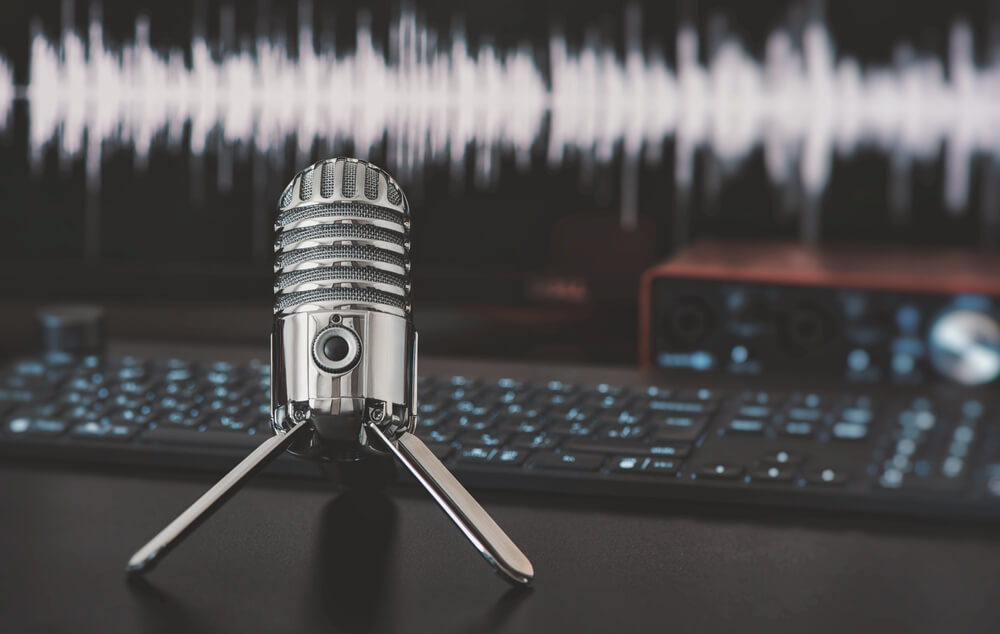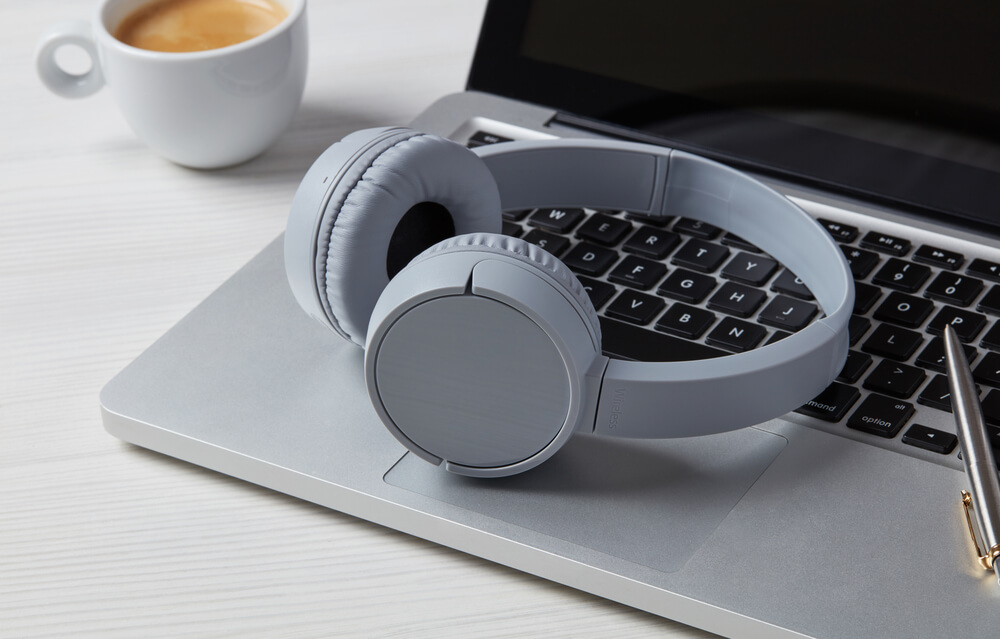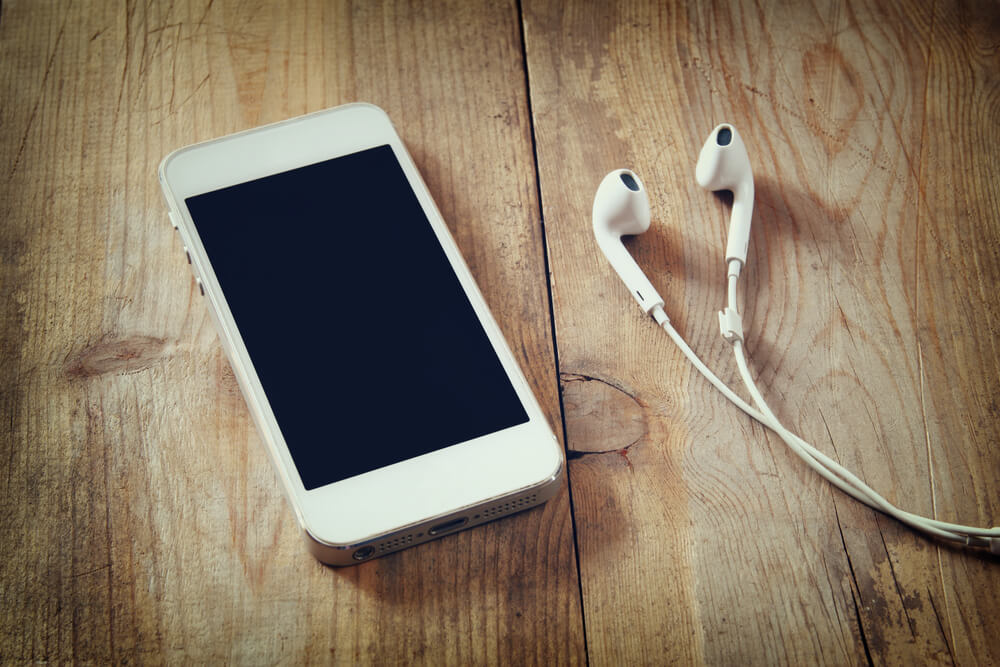How to Start a Smutty Podcast
Disclosure: This post contains affiliate links. If you click a link and make a purchase, I make a small commission which supports this site and my coffee addiction.
When I first started podcasting in 2015, I saw plenty of headlines questioning whether we’d reached peak podcast popularity already. (Spoiler: Not even close.) The same question gets asked every year, and podcasts continue to get subscribers and attract loyal audiences. Yes, the field is getting more crowded, but just like readers enjoy more than one blog, listeners definitely enjoy more than one podcast. If starting a podcast is one of your goals for this year or a dream for the future, let’s talk about how to set one up.
The order of these things isn’t critical until you’re ready to record. When I started podcasting, this was the order I did it in.
Table of Contents
Pick Your Topic
Just like any other content you create, you need at least an idea of what you want to talk about. With the time and money it takes to set up a podcast, it’s more important to have a basic idea when you begin. And yes, like blogging, you can change your topic later, but it may come at the cost of part of your audience.
As with any content topic, yes other people have done it, but no one will approach a subject the way you will. Ultimately, whatever topic you choose, it needs to be something you care about. That makes it more enjoyable to do and easier to keep going when it feels like no one is listening (yet). And in the beginning, they aren’t.

Think About Frequency
Starting a podcast feels more structured than starting a blog (to me). It’s a “show” and subscribers rely on a certain regularity. Podcasts can be daily, weekly, monthly, or something in between. You can also do them as seasons which means you release episodes for a certain amount of time before taking a break.
My preferred frequency is weekly. Whatever you pick needs to work for you. If it’s easier to start with monthly and then add more episodes later, do it. Yes, there are best practices and recommendations, but ultimately, start with what you can manage. Also, never be afraid to take a break. I’ve gone on hiatus with the Smutlancers podcast (as did Molly with the Kisscast), and I go on vacation a few times a year with Loving BDSM.
Consider the Format
Again, this can change once you start podcasting. But before you turn on a microphone and record, think about what format you want your show to be.
- Will you be the host and interview guests?
- Is the episode just you or will you have one or more co-hosts? Will you have a script, bullet points, or no script?
- Are you reading written content? (This is quite popular as audio porn — either reading your own or getting permission to read other creator’s stories.)
- Will you share advice and knowledge on a specific subject?
You may also want to consider approximately how long your episodes will be. Again, you have total freedom to modify and adapt this, but it’s a good starting point.
To give you an idea of how your podcast idea can morph over (not a lot of) time, I’ll use my first podcast as an example:
When I started Loving BDSM, it was supposed to be just me, spending 15 to 20 minutes discussing my views on a single kink topic. The first dozen (or so) episodes were completely scripted, although I practiced multiple times to sound as natural as possible. At some point, I asked John Brownstone to join me for a conversational episode that wasn’t scripted. We enjoyed making it, and the audience loved it. That changed everything for us. Now we co-host the podcast, and our episodes can run 90 minutes or longer.
My point? Your format can definitely change — and it should change to better fit what you want to do and what the audience wants to hear from you. You’re not locked into whatever your initial idea is.

Podcast Equipment
When I began podcasting, I started with an old laptop and a built-in microphone. If you have a smartphone, you have the ability to record audio, too. You don’t have to buy fancy new equipment to get started. Yes, you’ll get better audio quality with better equipment, but (like blogging) start free/cheap to make sure this is something you want to do first.
My current podcast equipment:
- PreSonus Studio Live AR8 USB mixer
- Electro-Voice ND86 microphones
- Mic stands and required cords to make the equipment work
Our previous mic before this equipment was the Audio Technica AT2020USB.
Since the beginning, we have used Audacity to record and edit audio. It’s free and not that difficult to use (according to John Brownstone).
The equipment we use is hooked to a desktop computer, but there are plenty of inexpensive and portable options for recording audio on the go. And before you ask, no, we don’t use anything for soundproofing. We used to record episodes in our bedroom closet to improve sound quality on the built-in laptop mic. Once we upgraded our equipment, we began recording a a desk.
Podcast Hosting
Just because you have a self-hosted website does NOT mean you have a way to host your podcast audio. Do not, I REPEAT, do not upload your audio directly into your website as “media.” In the beginning, you’ll be fine, but as your audience grows and you upload more content, you’ll crash your website because all the downloads will bog it down.
The audio needs to be uploaded/stored elsewhere. When I first started, I used AWS (Amazon’s cloud computing services) because it was cheap. They only charged a few cents per specific MBs downloaded. But that quickly got out of hand. Between old episodes and new episodes, and a growing audience, before I quit AWS, my hosting costs each month were $80 to $90. NOPE.
Note: It wasn’t intuitive or easy to set up either. Using AWS required a LOT of Googling.
Now, I use Blubrry (use code KaylaLords for one month free). They provide a plugin to use with your site, offer decent analytics, make the process easy, and YES they’re adult friendly. The hosting costs depend on the total size of your files uploaded each month. I pay $20 per month for Loving BDSM and $12 per month for the Smutlancers podcast. Unless you know you’re going to have weekly episodes that span 90 minutes or longer, smaller plans are fine.
There are plenty of podcast hosting platforms like LibSyn, SoundCloud, AnchorFM, Buzzsprout, and more. I’ve heard some aren’t friendly with adult content, so check the terms of service before you upload audio.
Before you pick your host, talk to other podcasters. Read reviews. And definitely check features. I get access to a lot of extra stuff through BluBrry as a customer — including AI generated transcripts for no additional cost. (Although they need to be heavily edited.)

Podcast Extras: Cover Art, Show Notes, Intro/Outro Stuff
Okay, let’s break this down into digestible parts.
Cover Art
I call it “extra” but cover art/album cover is absolutely necessary. Podcast platforms won’t accept your podcast without it. But it doesn’t have to be too stressful.
If you have the cash, hire a graphic artist. Cover art (currently) needs to be a minimum of 1400×1400 pixels (a square) but bigger is better. No cash? My first album art for Loving BDSM was made in the free version of Canva. My second one was too, but I was paying for Canva by then.
Show Notes
Show notes are often referred to in podcasts. This is where listeners find links you reference, your social media info, and other things you want your audience to know. If your podcast is run through a website, your show notes page is a blog post. (You can use your main website, create a subdomain for your podcast, or start a brand new website specifically for your podcast.)
In my case, with the Blubrry plugin, I add a new post in my site dashboard, type out what I want to include, format it, and use the plugin to upload my audio. (REMEMBER: do NOT upload your audio as MEDIA. Use an audio host!!) I select the appropriate category, do all my blog admin, and publish or schedule my blog post. That’s my show notes page. Easy-peasy, lemon-squeezy.
Intro/Outro “Stuff”
When I first researched starting a podcast, the advice I read was to create an intro that you repeat (or record once and insert) for each episode. It lets everyone know what the show is about, where to find show notes, and how to follow you — including any other call-to-action you might want to include. The key was to be consistent.
An outro is less important, so don’t stress over this, but you can have one. For Loving BDSM, we don’t have a scripted outro but we do same the same thing (Keep it kinky, y’all!) when we’re done with the main topic, and we thank people for listening at the end.
Music is trickier. I love having intro/outro music in my podcasts. I think it’s another way to communicate personality and adds something extra to a podcast. To be honest, I don’t remember where I got my intro/outro music anymore. I remember Googling “music for podcasts” and finding different sites. You’re likely going to pay for your music, though, in order for it to be legal to use.

Getting on Podcast Platforms
You need to record audio before you can add your podcast to a platform because you need a feed of actual content. The recommendation when I began was at least five episodes. I think it’s still a good idea. When people find you, you want them to have enough content to help them decide if they want to subscribe.
The big three platforms today are Apple, Google, and Spotify. If you get your new podcast on those three, people can find you. After that, you can work your way through all your other platform options (there are dozens) — if you want to.
When I started podcasting with AWS, I had to manually add my podcast to platforms with no advice or assistance (just a lot of Googling). With audio hosting like Blubrry (other platforms may offer this too), they help you through the process a bit more by telling you exactly what information to include.
Be prepared. There’s a wait time before being approved for platforms. And this is where censorship can occur. While Apple, Google, and Spotify allow a lot of adult content, they can (and will!) kick podcasts off or deny podcasts entry to their platform. And no, they won’t tell you why.
Make sure you mark your content as NSFW/Explicit. (You’ll get banned if your content is NSFW but you didn’t mark it that way.)
Also be mindful of what you name your show AND the image(s) in your album art. As this is the most visible part of your show, any algorithm looking for “objectionable” content will see this first.
Bottomline
Podcasting may be one of the final frontiers against censorship for adult content. It’s not without its problems (see above) but if you choose the right audio host and self host your website, you can generally make any content you want without fear of losing your platform or your ability to publish.
Podcasts allow you to connect to a brand new audience. It becomes a much more personal experience because your voice comes through in a way that doesn’t always happen in writing. While it can be more challenging to get feedback from a podcast audience (they’re spread out on multiple social media platforms or in your inbox), they engage with you more than readers (in my experience).
As much as I love writing, I enjoy recording audio (and even video) much more.
In another blog post, we can talk about not liking the sound of your own voice and the process of podcasting. For now, consider the set up, what equipment you already have, and what kind of connection you want to make.

This was so helpful! My daughter and I have been talking about this and moving forward with our ideas. We are somewhere in between setting up a phone and using voice notes, to a video of us out and about because our conversations are very organic. Making pasta turns to How was sex last night… so this was a great guide to where we may want to be! Your the best!
This sounds AWESOME! The more you let your personality show through the content AND how you produce it, the better it becomes over time — and the more you draw in an audience that will love you. 🙂